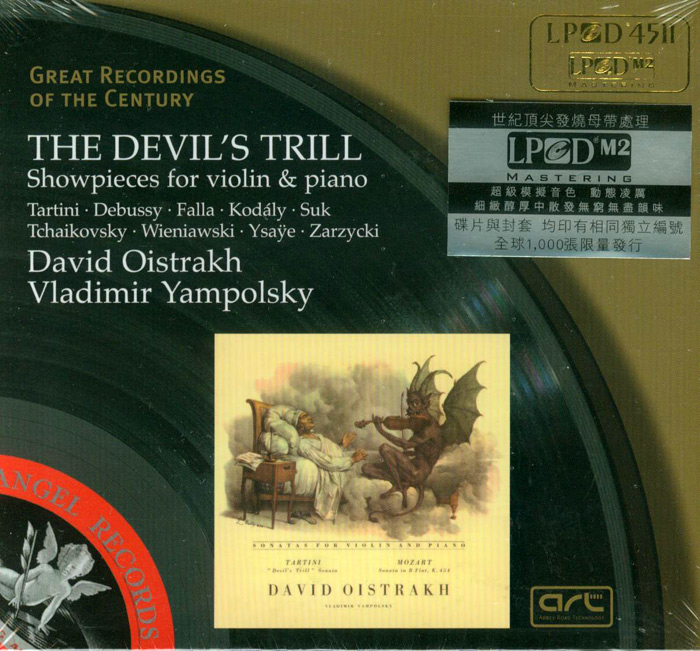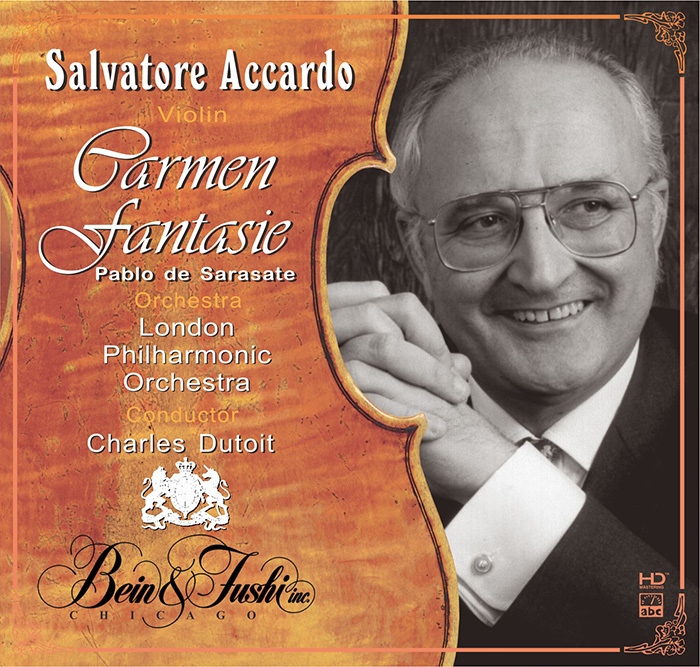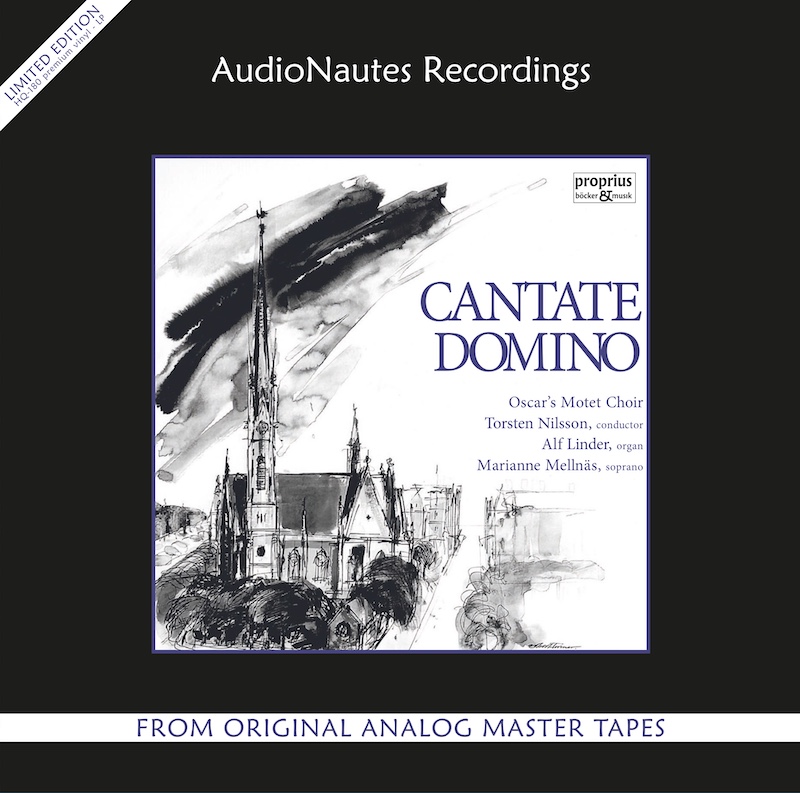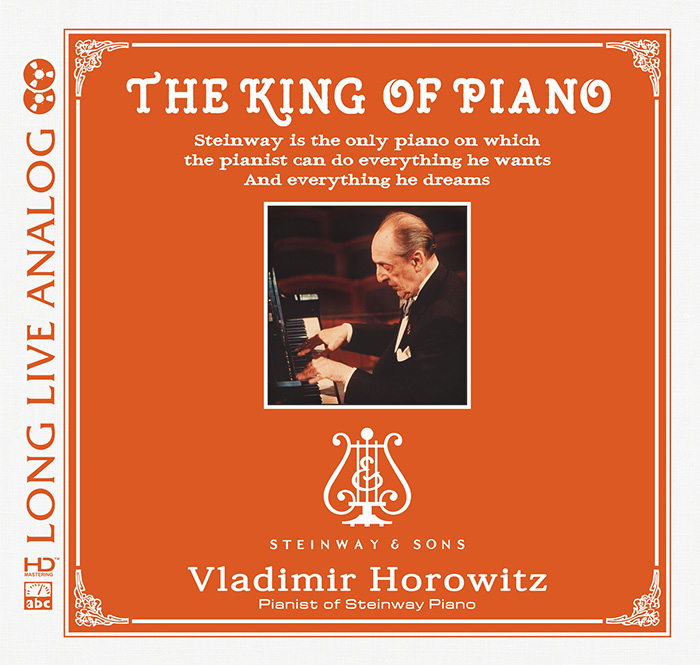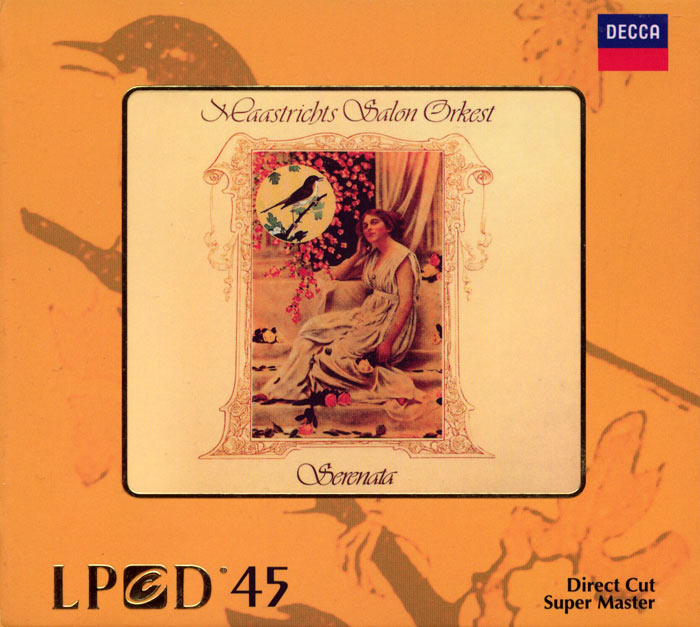Logowanie
Mikołaj - ten to ma gest!
Elton John, The Mamas & The Papas, Cat Stevens, Rod Stewart, Bobbie Gentry, Stevie Wonder, Engelbert Humperdinck
Memory Lane
Edycja Numerowana - 1000 egzemplarzy w skali światowej
RACHMANINOV, Eiji Oue, Minnesota Orchestra
Symphonic Dances / Vocalise
Best Recordings of 2001!!! NAJCZĘŚCIEJ KUPOWANA PŁYTA Z RR!
Karnawał czas zacząć!
Music of Love - Hi-Fi Latin Rhythms
Samba : Music of Celebration
AUDIOPHILE 24BIT RECORDING AND MASTERING
CHOPIN, LISZT, DEBUSSY, DVORAK, Gerhard Oppitz
Dances romantiques - A fantastic Notturno
Wzorcowa jakość audiofilska z Clearaudio
Winylowy niezbędnik
ClearAudio
Double Matrix Professional - Sonic
najbardziej inteligentna i skuteczna pralka do płyt winylowych wszelkiego typu - całkowicie automatyczna
TARTINI, DEBUSSY, DE FALLA, WIENIAWSKI, YSAYE, David Oistrakh, Vladimir Yampolsky
The Devil's Trill - Showpieces for Violin and Piano
- David Oistrakh - violin
- Vladimir Yampolsky - piano
- TARTINI
- DEBUSSY
- DE FALLA
- WIENIAWSKI
- YSAYE
Masterpieces!
EDYCJA NUMEROWANA - NAKŁAD 1000 egzemplarzy w skali światowej.
The disc of encores is a well-planned and well-executed recital with playing that is as beautiful as one could imagine. It is to be warmly recommended to all lovers of fine violin playing. In the Tartini Sonata, strong playing throughout culminates in a most astonishing cadenza.-- (Gramophone)
Never before has a generation of aspiring violinists had to compete so strenuously with the ghosts of their forerunners. Of course, Paganini’s reputation and compositions served as a constant goad to ever more brilliant accomplishments; but as those who actually heard him grew fewer and fewer, how many could judge whether those emulating him had even chosen the right path? The recordings made by Joachim, Sarasate, Hubay, and others of their generation revealed little of their tonal luster; even Elman made some of his best recordings for distribution on 78s—and, to my knowledge, Kreisler made all his that way. But Oistrakh’s violinistic command and human warmth aren’t buried under layers of surface noise and obscured by restricted dynamic and frequency ranges. (Heifetz, Francescatti, and Milstein shared his good fortune.) In EMI’s re-mastered collection of miniatures from 1957 (he recorded them between the 16th and the 28th of February, 1956) with his frequent partner, Vladimir Yampolsky, even the monaural Devil’s Trill, creates a vivid impression of Oistrakh. His powerful tone, rich in both dynamic contrasts and subtle nuances, comes just as urgently to life in such chestnuts as Tchaikovsky’s Valse-Scherzo and Falla’s Jota (Zarzycki’s familiar Mazurka also packs quite a punch) as in less flamboyant pieces like Wieniawski’s Légende, Suk’s Love Song, and Debussy’s Clair de lune. Oistrakh’s recording of Ysaÿe’s Extase (as well as those of the Third Solo Sonata, the Poème for Two Violins and Orchestra, op. 26, and the Poème élégiaque, op. 12) kept the composer’s name alive in recording catalogs long before his solo sonatas made their deservedly triumphant entry into the standard repertoire. With the sheer beauty of his sound and his substantial though hardly academic command of the music’s substance, Oistrakh might seem the kind of violinist whom contemporary violinists would attempt to emulate. But he fused his technical and musical virtues with a strong, immediately identifiable personality that can’t be reduced to the means (on-and-off vibrato, for example) by which he expressed it. He winds an especially sinuous way through Suk’s Love Song, but his individuality informs all the other pieces as well—even the trills of Kreisler’s cadenza to Tartini’s sonata. Tully Potter suggests in his notes that this compilation may help dispel the impression of Oistrakh as merely a concerto soloist. But these recordings had long been available on LP (except for the Debussy and Ysaÿe pieces, Oistrakh had recorded these miniatures earlier in the 1950s; in 1970, he recorded the “Devil’s Trill” again with Frida Bauer, released on Angel SR 40197). With all these issues available from time to time, his admirers can have harbored few such illusions. On the rest, though, they may have Potter’s desired effect, as a new generation discovers in Oistrakh a model spinner of short stories—and, to this day, a daunting competitor. Truly, as its series title suggests, one of “The Great Recordings of the Century.” Recommended as such.
Robert Maxham, FANFARE
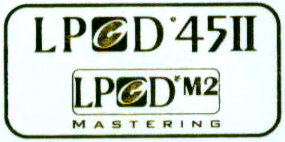 >>> Płyty LPCD45M2 do odtworzenia we wszystkich typach czytników CD oraz DVD. Gwarantują niespotykaną wcześniej analogową jakość brzmienia, znakomitą scenę i wyjątkową przejrzystość i kolorystykę dźwięku. <<<
>>> Płyty LPCD45M2 do odtworzenia we wszystkich typach czytników CD oraz DVD. Gwarantują niespotykaną wcześniej analogową jakość brzmienia, znakomitą scenę i wyjątkową przejrzystość i kolorystykę dźwięku. <<<





























